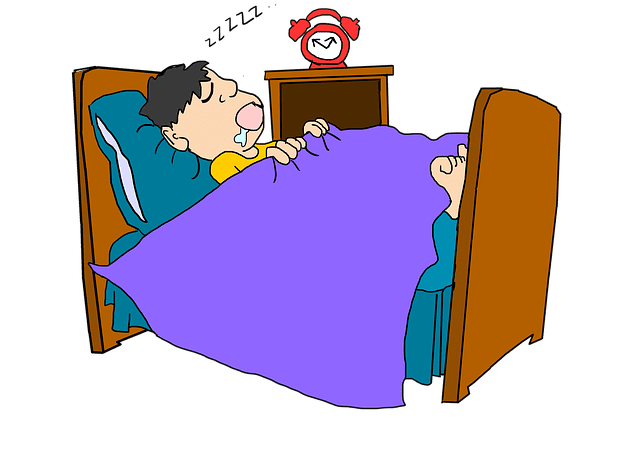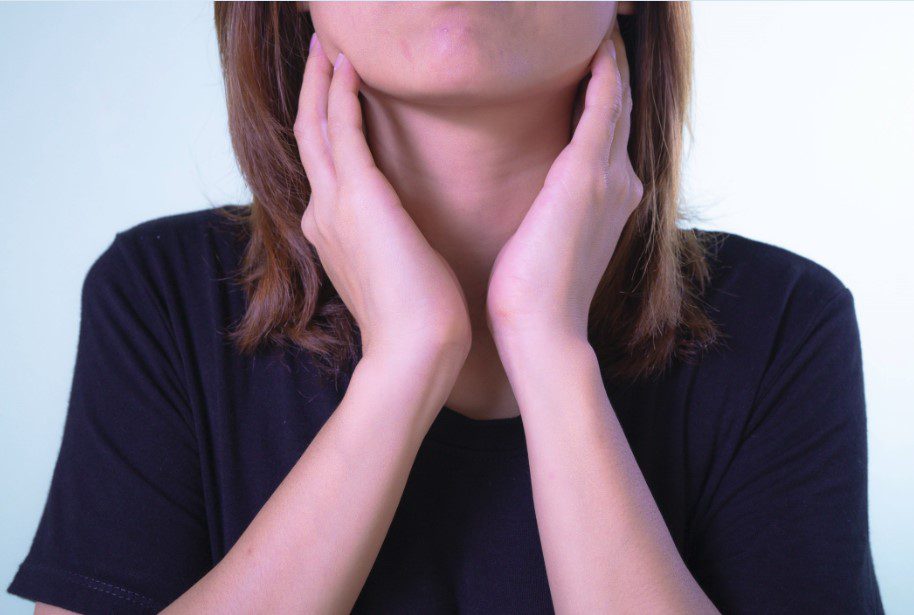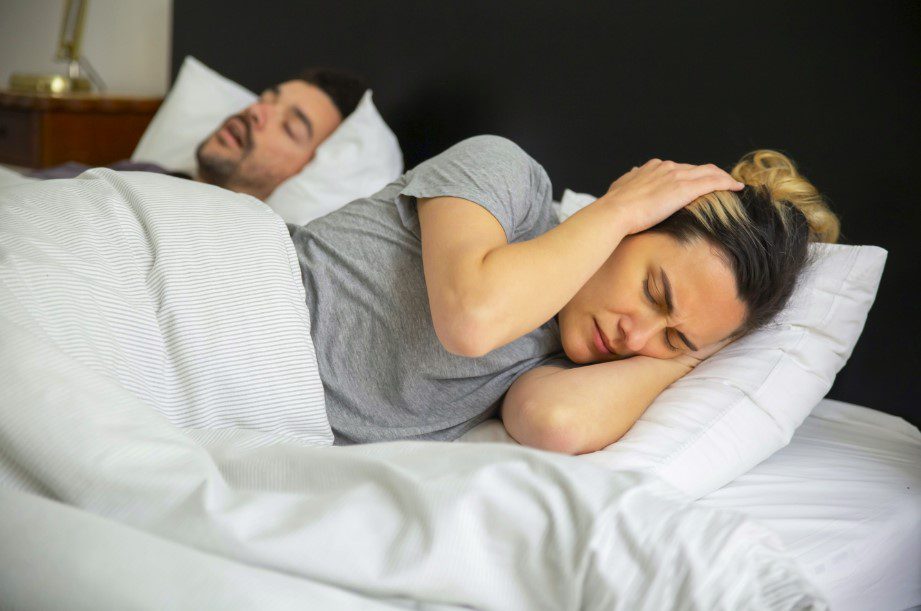Snoring is a common health challenge that affects both children and adults. It is a nuisance that annoys anyone sharing a bedroom, and being denied quality sleep. While we all hate it, it is important to note that occasional snoring is common and often not a cause for concern.
On the other hand, chronic and loud snoring may be indicative of underlying health issues like sleep apnea. These should be evaluated by a healthcare professional and treated accordingly.
Estimate show that roughly 30% to 50% of adults snore at least occasionally, with the incidence increasing as they age. Snoring is less common in children, but it can still affect a significant portion of them.
It is important to note that these figures are approximate, and the actual percentage of people who snore may differ based on regional and demographic factors.
Exactly What is Snoring?
Snoring is a common sleep-related phenomenon that occurs when the flow of air through the mouth and nose is partially blocked. This blockage causes the surrounding soft tissues to vibrate, producing the familiar hoarse sound. The affected tissues are particularly the uvula and the palate, as air passes through them.
Snoring is the hoarse or harsh sound that occurs when air flows past relaxed tissues in your throat, causing the tissues to vibrate as you breathe.
MAYOCLINIC
Snoring can vary in intensity and can be temporary or chronic, impacting both children and adults during their sleep. It can be a result of various factors, including anatomical features, lifestyle choices, and underlying health conditions.
Now, let’s explore the factors contributing to snoring in both children and adults.
What Factors Can Trigger Snoring in Children?

1. Enlarged Tonsils and Adenoids
Enlarged tonsils and adenoids can lead to snoring by obstructing the airway and narrowing the passage at the back of the throat. This obstruction causes turbulent airflow, resulting in the vibration of tissues, such as the tonsils and adenoids, which produces the characteristic snoring sound. This condition is more common in children, and surgical removal of the enlarged tissues may be a treatment option in some cases.
2. Obesity
Obesity can trigger snoring due to factors such as the accumulation of excess fat around the neck and throat, which narrows the airway and causes vibrations when breathing. The pressure from excess weight can also lead to the collapse of soft throat tissues, weakening throat muscles and increasing the risk of sleep apnea, a condition often accompanied by snoring. Addressing obesity through lifestyle changes can help reduce the likelihood and severity of snoring in individuals with heavier weight.
3. Allergies and Nasal Congestion
Allergies and nasal congestion can cause snoring by leading to blocked nasal passages, forcing individuals to breathe through their mouths, which in turn creates turbulent airflow, leading to the vibration of throat tissues and the characteristic snoring sound. Managing allergies and congestion can help reduce snoring in affected individuals.
4. Sleep Position
Sleeping on one’s back can promote snoring by causing the tongue and soft palate to collapse, obstructing the airway. Gravity exacerbates this. Sleeping on one’s side and keeping the chin in a neutral position are recommended to reduce snoring by keeping the airway more open.
Gravity too, can cause the base of the tongue and the soft palate to collapse more readily into the airway. This results in greater airway constriction and an increased likelihood of snoring.
Just as well, when the chin is tucked down to the chest, it may constrict the airway, leading to snoring. Conversely, when the chin is kept in a more neutral position, the airway is less likely to be obstructed.
5. Family History
Sometimes, snoring in children can be hereditary. If a parent or sibling snores, it increases the likelihood of the child snoring as well.
Factors That Trigger Snoring in Adults

1. Age
In adults, age promotes snoring by leading to a loss of muscle tone in the throat, decreased elasticity in throat tissues, weight gain, an increased risk of sleep-related disorders like sleep apnea, and changes in the nasal passages. These factors collectively contribute to the likelihood of snoring as individuals get older.
2. Obesity
Similar to children, obesity is a significant risk factor for snoring in adults. Excess weight, particularly around the neck, can lead to a narrowed airway and snoring.
3. Alcohol and Sedatives
Consuming alcohol or sedatives before bedtime can relax the throat muscles, leading to snoring. It is essential for adults to be mindful of their consumption of these substances, especially in the evening.
4. Sleep Position
The position in which adults sleep can significantly affect snoring. Sleeping on the back is more likely to induce snoring due to the tongue and soft palate collapsing to the back of the throat.
5. Smoking
Smoking can irritate the tissues in the throat and nasal passages, leading to inflammation and snoring. Quitting smoking can reduce the risk of snoring in adults.
6. Pregnancy
Pregnancy can trigger snoring in some women due to hormonal changes leading to increased swelling and congestion in the nasal passages and throat. Additionally, weight gain and the enlargement of the uterus, can collectively contribute to snoring during pregnancy.
A Personal Checklist of Signs and Symptoms that You Probably Snore at Night:
Here are some signs and symptoms that may indicate you snore at night:
- Witnessed breathing pauses during sleep
- Excessive daytime sleepiness
- Difficulty concentrating and remembering things
- Morning headaches
- You have a dry mouth or sore throat in the morning
- You have trouble staying asleep or wake up feeling tired
- Gasping or choking at night
- High blood pressure or heart problems
- Chest pain at night
- Loud snoring, loud enough to wake yourself or your partner
What You Can All Do to Stop Snoring

Whether it is your child or yourself who is snoring, there are various strategies to help put an end to this habit:
1. Lifestyle Changes
For adults, losing weight and making healthy lifestyle choices can be a game-changer. Regular exercise and a balanced diet can help reduce snoring.
2. Sleep Position
Changing your sleep position can make a significant difference. Encouraging your child to sleep on their side or elevating the head of your bed can alleviate snoring. Sleeping on one’s side and maintaining a neutral chin position are often recommended to reduce the likelihood of snoring.
3. Allergy Management
If allergies are contributing to snoring, managing them effectively through medications and allergy-proofing your sleeping environment can help.
4. Treating Underlying Conditions
In some cases, addressing the underlying cause of snoring is essential. In children, this might involve surgical removal of enlarged tonsils and adenoids, while adults might require treatment for sleep apnea or other conditions.
Anti-Snoring Devices

Anti-snoring devices are designed to help both adults and children reduce or eliminate snoring. Here are some common anti-snoring devices for both age groups:
For Children:
- Adenoid and Tonsil Removal: In cases where enlarged tonsils and adenoids are causing snoring in children, surgical removal of these tissues, known as a tonsillectomy and adenoidectomy, may be recommended.
- Orthodontic Appliances: In some cases, orthodontic devices can help correct issues with jaw or palate alignment that may be contributing to snoring in children.
- Nasal Strips: Similar to adults, nasal strips can help open the nasal passages in children, reducing snoring caused by nasal congestion.
- Anti-Snoring Mouthpieces: Some mouthpieces designed for children can reposition the jaw and tongue to prevent snoring.
- Positional Aids: These devices are designed to help children maintain a side-sleeping position, which can be effective in reducing snoring.
For Adults:
- Continuous Positive Airway Pressure (CPAP) Machine: CPAP machines are commonly used to treat sleep apnea in adults. They work by delivering a continuous stream of air through a mask, which keeps the airway open during sleep and prevents snoring.
- Oral Appliances: These custom-fitted devices are designed to reposition the jaw and tongue to keep the airway open. They are often used to treat snoring caused by mild to moderate sleep apnea.
- Nasal Strips: Nasal strips are adhesive strips that are applied to the outside of the nose. They work by physically opening the nasal passages, reducing nasal congestion, and promoting better airflow.
- Anti-Snoring Pillows: These specially designed pillows encourage side-sleeping and help to keep the airway open, reducing the likelihood of snoring.
- Positional Therapy Devices: Some devices are designed to help individuals maintain a side-sleeping position, which can reduce snoring associated with sleeping on the back.
It is important to note that the choice of an anti-snoring device should be made in consultation with a healthcare professional or a specialist, especially for children. Remember that each person’s situation is unique, and consulting with a healthcare professional is advisable if snoring persists.





Leave a Reply